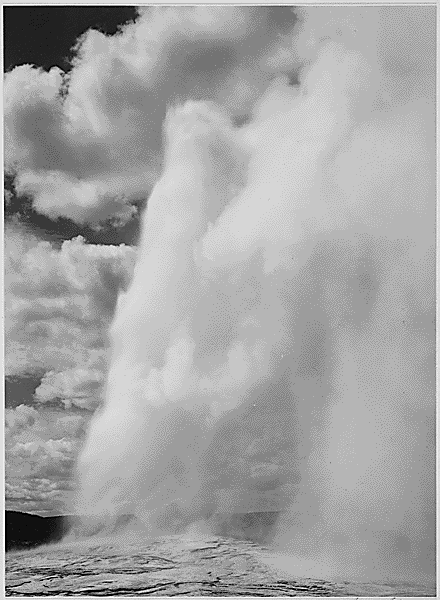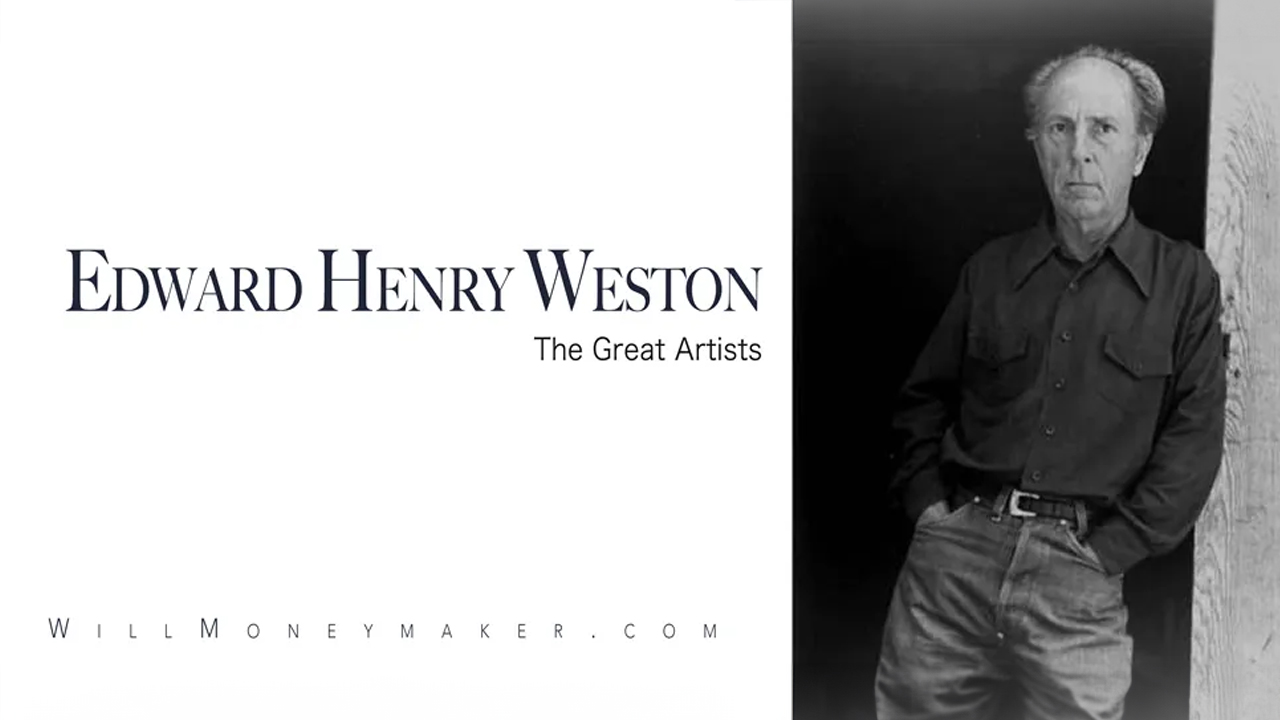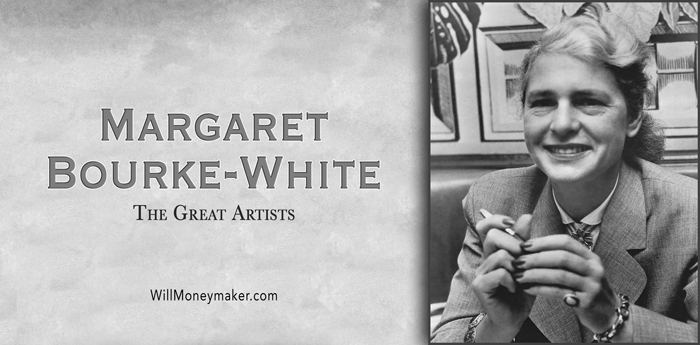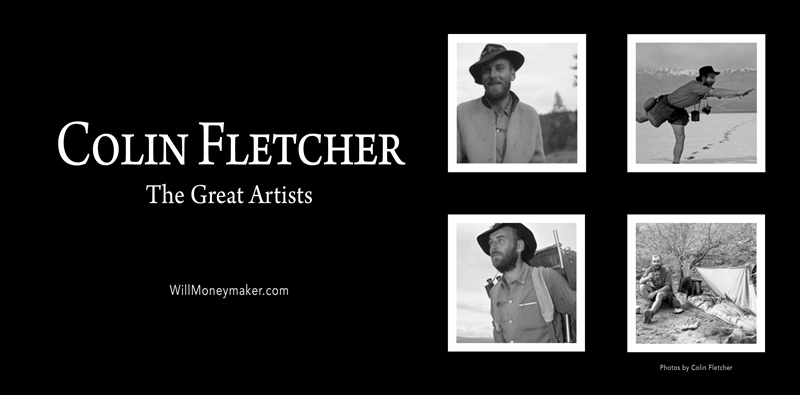Ansel Easton Adams is one of the most famous photographers of the 20th century. Known primarily for his work in the black and white medium, Adams’s work is admired and sought after today. Prints of his photographs can often be found in art stores and gift shops all over the world. He is considered an expert in the medium. On top of that, he was also a passionate environmentalist and conservationist. Most people only know Adams’s photographic work, but do not know anything else about him as a person. This is what you need to know about this quintessential American photographer.
Born February 20, 1902, in San Francisco, Ansel Adams was an only child. His parents were Charles Hitchcock Adams and Olive Bray. Both sides of his family came from New England, with his father’s family originating in Ireland. His father was involved in his grandfather’s prosperous lumber business, while his mother’s father had a fortune as a freight hauler, but later lost it in bad real estate and mining investments in Nevada. Adams later spoke out against the lumber business of his father’s family as he became more involved in environmental and conservationist causes.
His family was still living in San Francisco during the infamous devastating earthquake of 1906 that destroyed the city. Young Ansel was not injured in the initial earthquake but was thrown against a garden wall during an aftershock a few hours later, hitting it face-first, which broke and scarred his nose. His family physician recommended he have it re-set once he reached maturity and his face was fully formed into what it would be as an adult, but he never did it. His nose remained slightly crooked his whole life.
The year after the earthquake, the Adams family moved two miles west to the Seacliff neighborhood. It was there Ansel spent his formative years. He was hyperactive as a child, which gave him difficulties concentrating, and also resulted in him having very few friends, as he was a difficult child with whom to associate. He began to become interested in ecology in Seacliff, because there was so much nature to explore, and he spent much of his childhood immersing himself in the nature of his neighborhood. His father also got a three-inch telescope, which he used to introduce Ansel to the hobby of astronomy, as Ansel was uninterested in sports or games.
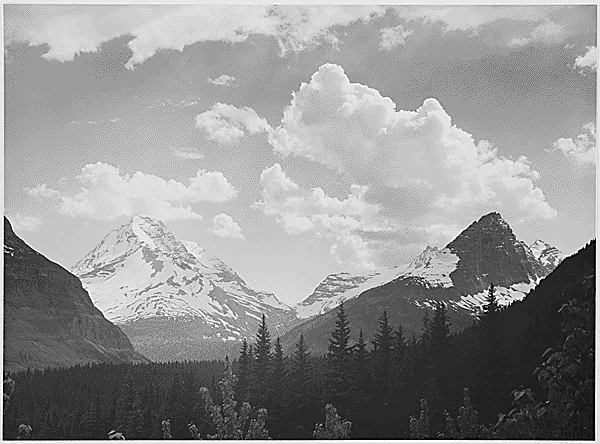
His family was well-off but suffered a reduction in their economic circumstances after the death of his grandfather when some cheating and perfidy on the part of his uncle and his uncle’s friend regarding the family lumber business was discovered. Still, the Adams family was not broke, and Ansel was sent to, and expelled from, several private schools over the years. The reasons for his expulsions were always his inability to sit still and pay attention. His father eventually had him homeschooled by private tutors, his father himself, and his Aunt Mary. After a few years of this, Ansel was able to resume studying at another private school, where he graduated 8th grade in 1917. At the time, that was the highest most students went to school… everything after that was considered finishing school.
Ansel was very close to his father, but his relationship with his mother was a distant one because she did not approve of his interest in photography. When she died in 1950, Ansel purchased the cheapest casket he could for her, which seemed to offend the undertaker, and when an argument over Ansel’s respect for the departed ensued, Ansel threatened to take his mother’s body elsewhere. The Undertaker then agreed to the cheap purchase without further complaint.
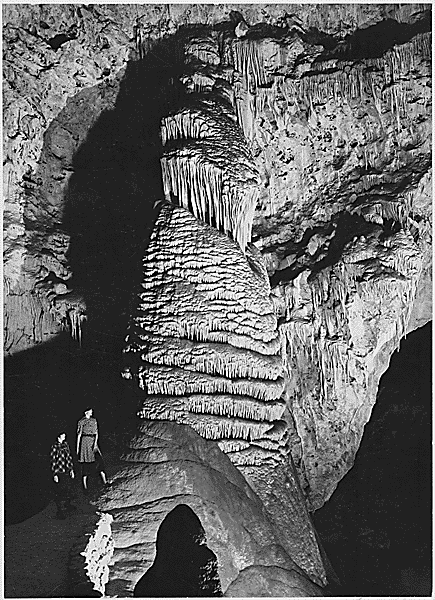
Ansel developed an interest in the piano at age 12, which gave some discipline to his wild youth, and his father paid for the best piano teachers for him. He gave it up later in favor of photography, an interest he developed when he was 15 when his parents took him to Yosemite National Park. His father had purchased a Brownie box camera for him, and the wild sights at Yosemite inspired him. Ansel returned on his own the next year and brought a better camera and tripod with him. He learned to develop his own photos and created his own darkroom, and enthusiastically read photography magazines, learning how to improve his craft.
Ansel’s first photographs were published in 1921, and he spent most of the time he wasn’t taking photographs in hiking and exploring nature. His photographs, naturally, reflected his interest in nature. He joined many environmental and conservationist groups during his youth and twenties, including the Sierra Club.
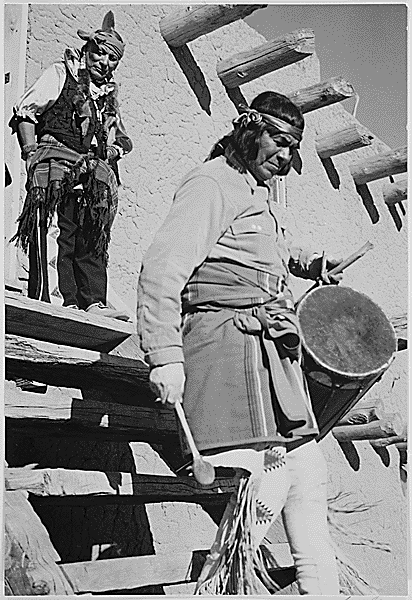
In his photography, Ansel experimented with different techniques at first but eventually focused on realism. This meant not hand-coloring his photographs, which was popular at the time, and rejecting soft lenses for sharp and clear focus.
Ansel produced his first photographic portfolio in 1927, and married aspiring singer Virginia Best the next year. Upon their marriage, they moved in with Ansel’s parents to save money, and Ansel gave up his musical ambitions entirely for photography, while Virginia gave up on being a professional singer. However, Ansel’s photography took off and he began earning a serious and regular income from it, while gaining more national notoriety. He also began to use his photographs to further his passionate cause of nature conservation.
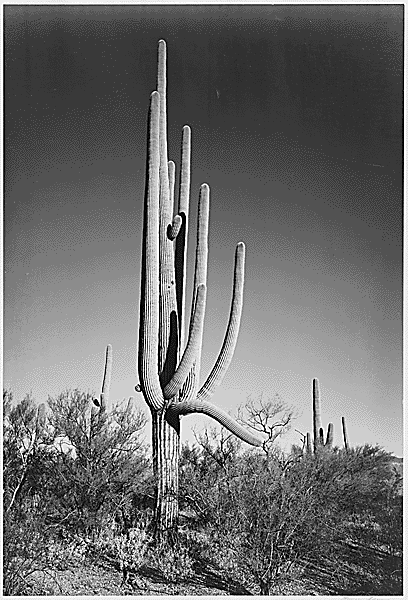
Over the decades, Ansel took on commercial work in order to supplement his independent income. He wasn’t totally financially independent of commercial work until the 1970s. Some of his clients included AT&T, Fortune Magazine, and Kodak. By the 1960s, some galleries were showing his photographs, which was a first, as previously only paintings were considered for gallery showings. By the 1970s, museums were showcasing his work, and much of his time was spent curating old negatives of his photos for the best museum collections.
Ansel died April 22, 1984, with his wife, two children, and five grandchildren by his side. His work is showcased all over the world, and originals can go for high prices at auctions, with the most expensive one selling at Sotheby’s for more than $700,000. He won many awards, and likewise, many photographic awards are named after him today. He is one of America’s first and most beloved real photographic artists who attained commercial success in their lifetime.

